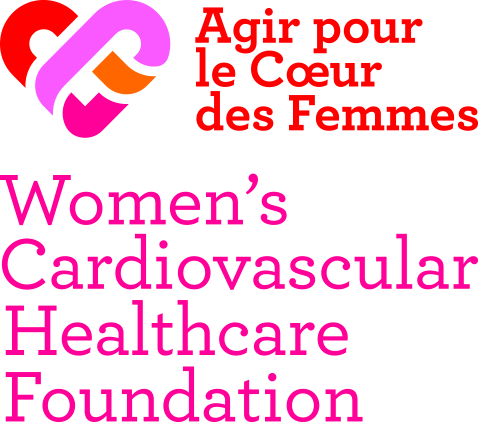
ANTICIPER
Physical Activity
Why Staying Active is the Best Medicine for Your Heart
Sedentary lifestyles and a lack of physical activity are becoming more common, especially among women, because we often don’t have or don’t take time to care for ourselves. But getting regular exercise is the best medicine.

Your goal? Get in the habit of moving instead of sitting down.
SEE ALSO
Why You Should Give Yourself Time to Move!
Only a little over half of women in France (53%) get the WHO’s recommended level of physical activity, which is at least two and a half hours per week of moderately intense activity or one hour and fifteen minutes of intense activity, according to a study published June 9, 2020 in the Santé [...]
Why Your Heart Isn’t Sweet on Sugar
Nutrition
What are we talking about exactly? We’re talking about sugars that makes things sweet, found in sugary foods and beverages that are high in sucrose and fructose. We’re also talking about starch found in bread (and cereals). Even potatoes aren’t totally innocent: they contain [...]
Why Stress is a Ticking Time Bomb
Stress
Women have many stress hormone receptors in their arteries and cardiac muscle for hormones called catecholamines. Their coronary arteries (arteries irrigating the heart) are also smaller than men’s. All of this makes women more vulnerable to coronary artery spasms where stress triggers an artery to [...]




